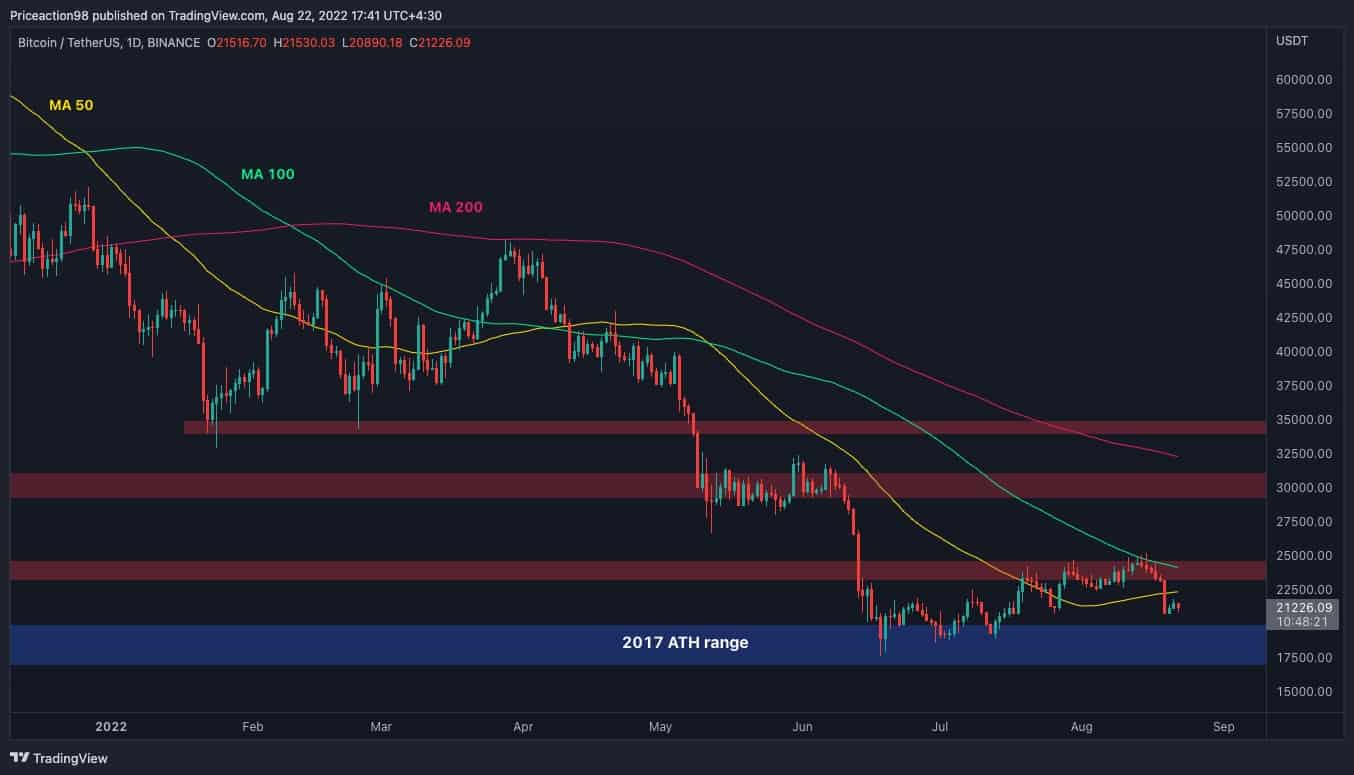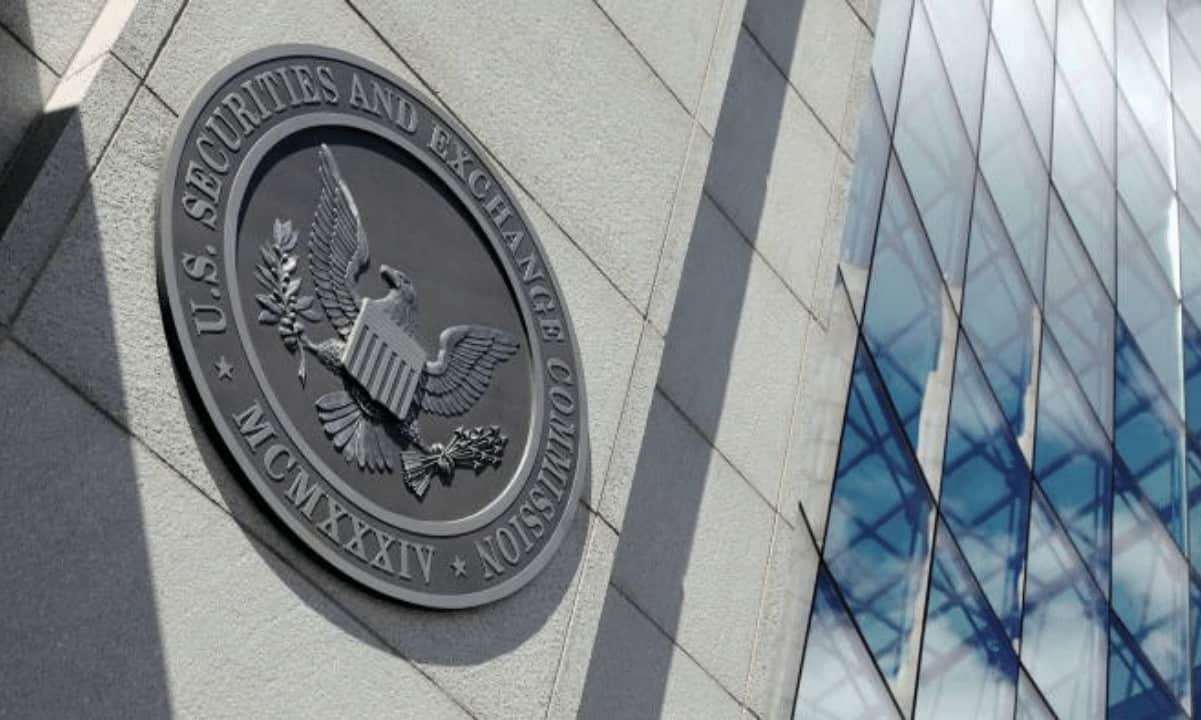$2 Trillion of Money Laundering on Yearly Basis (And No Relation to Crypto)
TL: DR
- $2 trillion of FIAT money is laundered each year following banks engaged in fraudulent practices.
- Crypto, always been accused by Governments for encouraging money laundering, might be the opposite due to the blockchain transparency.
As most people are aware by now, cryptocurrencies often get a bad rap in the mainstream media for being associated with drugs, terrorism and money laundering. This cliche list of accusations is placed on crypto simply as a way to scare the average person away from using a technology that gives them the chance of securing their financial autonomy.
Another thing these false accusations serve to do is distract people from the fact that fiat money (mainly cash) is still the number one mode of transferring money for illegal purposes.
This statement is all but confirmed by a recent report that states that shady transactions involving drugs and crimes account for as high as $2 trillion a year.
Also, the fines levied against banks and financial institutions have reached several billion dollars since the financial crises. Citi-group, JP Morgan and Standard Chartered are among the many banks that have paid fines after being charged with violating sanctions, and laundering money tied to embezzlement and drugs.
One of the most famous cases was the case of HSBC, which failed to accurately monitor more than $670 billion in wire transfers from Mexico and more than $9.4 billion in purchases of U.S. currency, according to a 2012 deferred prosecution agreement with U.S. authorities. An elaborate system of deposits and money transfers allowed Mexican and Colombian drug cartels to launder their illicit proceeds. The bank was subsequently fined $1.9 billion.
And Here Comes The Blockchain
These cases point to a broader problem of corruption and fraud in the traditional financial systems that is almost unfixable. The reason why it’s unfixable is that fiat money is centrally controlled and operated by governments and banking institutions. These are organizations that make rules based on personal interests and agendas that supersede the needs of broader society.
As decentralized assets, cryptocurrencies exist and operate based on a set of predefined rules that cannot be altered. The distributed ledger and set of codified rules (like setting a maximum number of coins in circulation, or requiring all transactions to be verified based on sophisticated rules of consensus) helps ensure that there is an increased level of transparency in how money is spent and that no one party can control it. This ultimately prevents financial institutions like banks from colluding with money launderers at a scale that is only possible through fiat.
The post $2 Trillion of Money Laundering on Yearly Basis (And No Relation to Crypto) appeared first on CryptoPotato.








